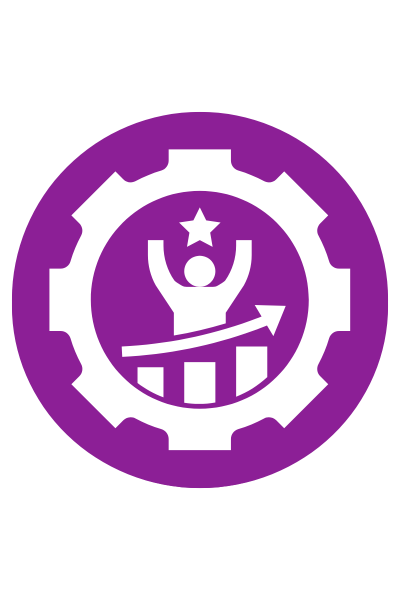Managing Employee Performance
Tools and Techniques for Effective
Performance Reviews
Managing employee performance is a critical aspect of organizational success. Performance reviews, when done effectively, not only helps in improving individual performance, but also contribute to the overall growth of the company. Below are some essential tools and techniques for conducting effective performance reviews.
Setting clear objectives
The foundation of effective performance management lies in setting clear and achievable objectives. Ensure that each employee understands their goals and how their contributions align with the organization’s objectives. This can be achieved through SMART goals—specific, measurable, achievable, relevant, and time-bound.
Continuous Feedback
Continuous feedback is more effective than annual reviews. Regular check-ins and feedback sessions keep employees aligned with their goals and provide opportunities for course corrections. Tools like 1-on-1 meetings and feedback apps can facilitate this process.
Performance Metrics
Using numbers can make performance reviews feel more fair. Key Performance Indicators (KPIs) and OKRs (Objectives and Key Results) are handy ways to measure and track progress over time.
Employee Self-Assessment
Encourage employees to conduct self-assessments. This self-reflection helps them understand their strengths and areas for improvement, building a culture of self-improvement and accountability.
The 360-degree feedback
The 360-degree feedback tools collect input from an employee’s peers, team members, and supervisors. These tools provide a broad view of their performance and highlight areas for improvement that might go unnoticed from a single perspective.
Performance Review Software
Invest in performance management software that can streamline the review process. These tools often come with features such as goal tracking, feedback collection, and performance analytics, making the review process more efficient and less time-consuming.
Training and Development
Use performance reviews to identify training needs. Providing employees with opportunities for professional development not only helps in addressing performance gaps, but also demonstrates your commitment to their growth.
Recognition and Rewards
Acknowledge and reward high performers. Recognition can be a powerful motivator and can boost employee morale and engagement. Implementing a reward system linked to performance can drive consistent results.
Conclusion
Effective performance reviews combine clear goals, ongoing feedback, detailed metrics, and growth opportunities. By using these tools, organizations can create a supportive environment that encourages everyone to thrive.
